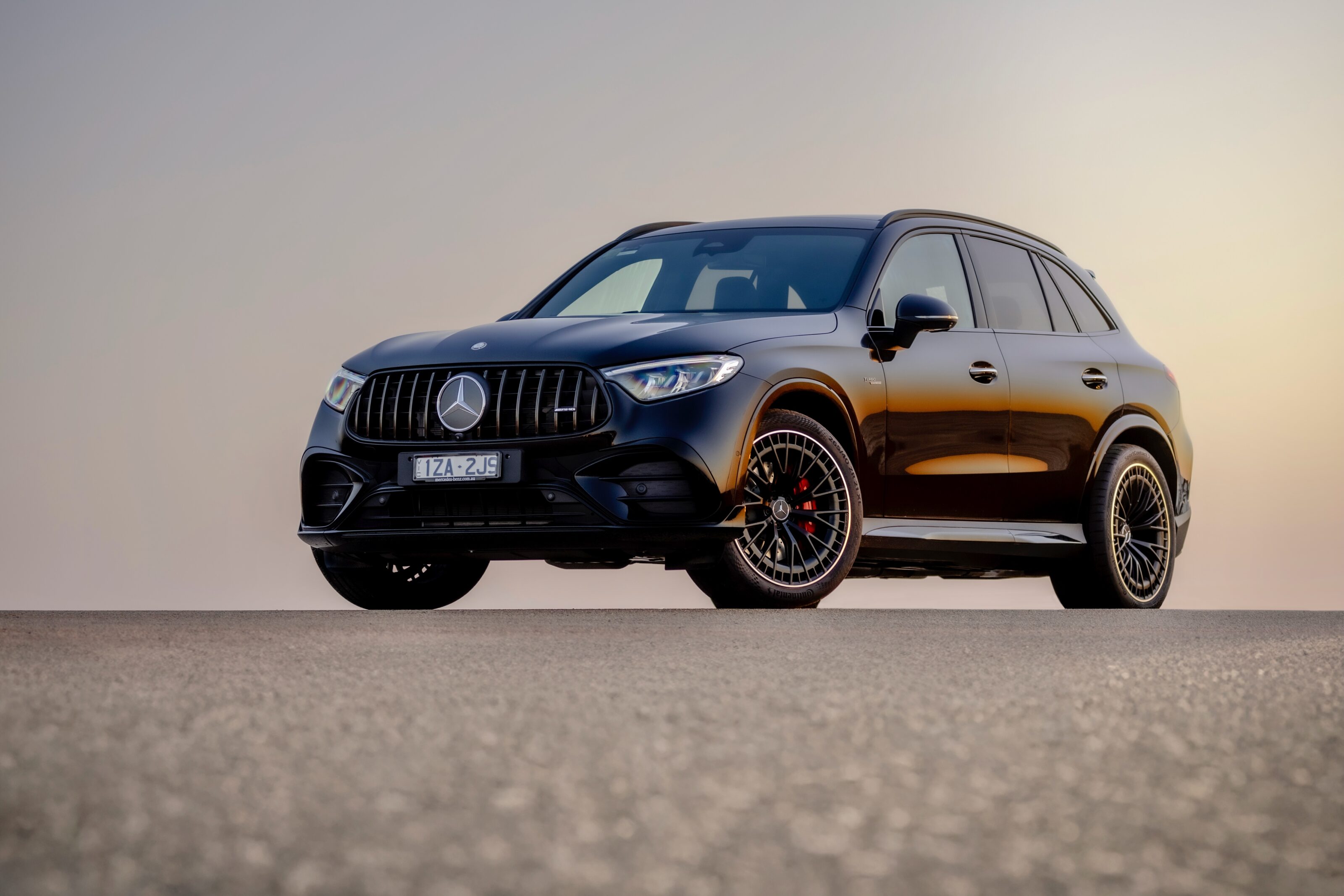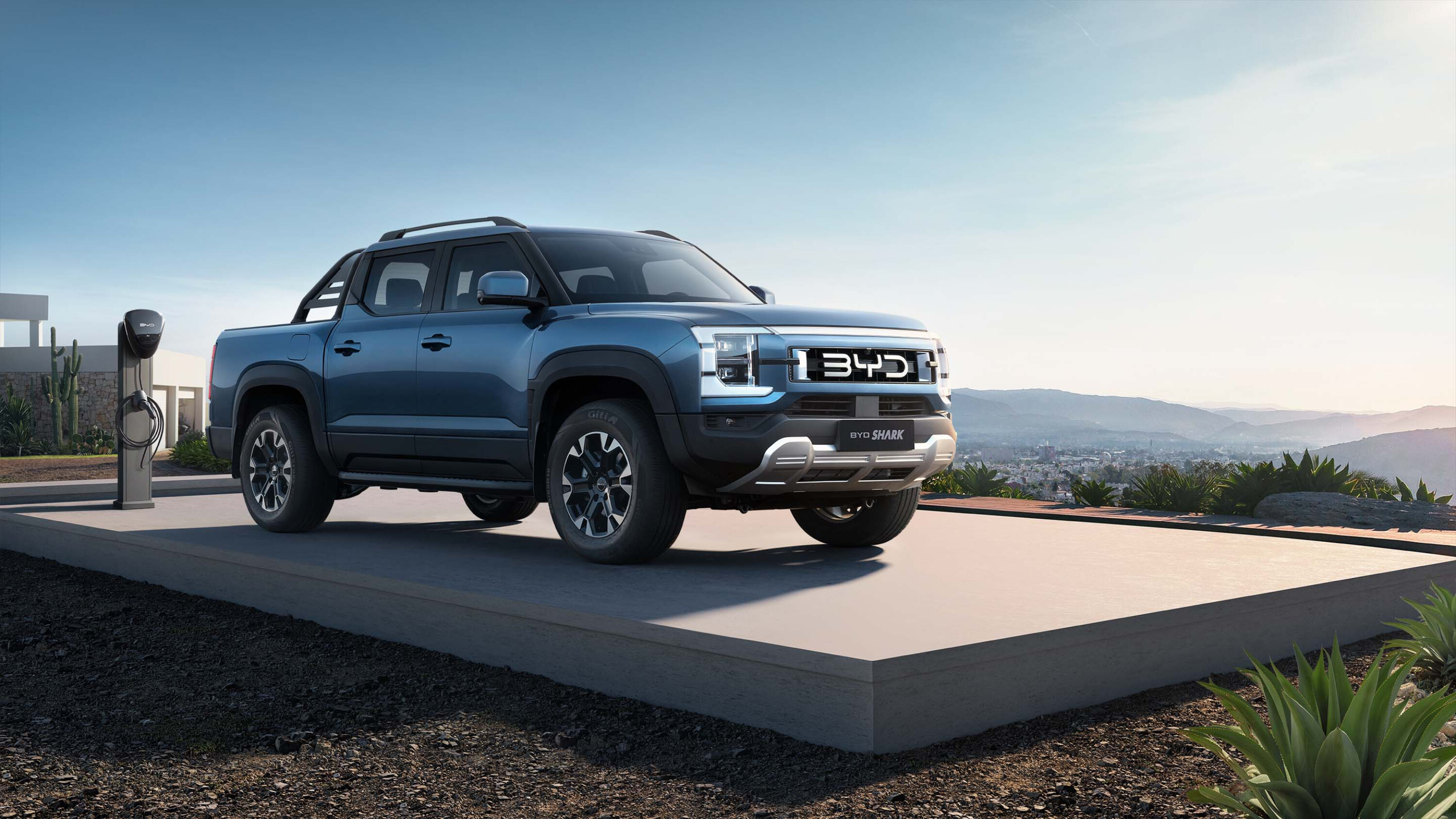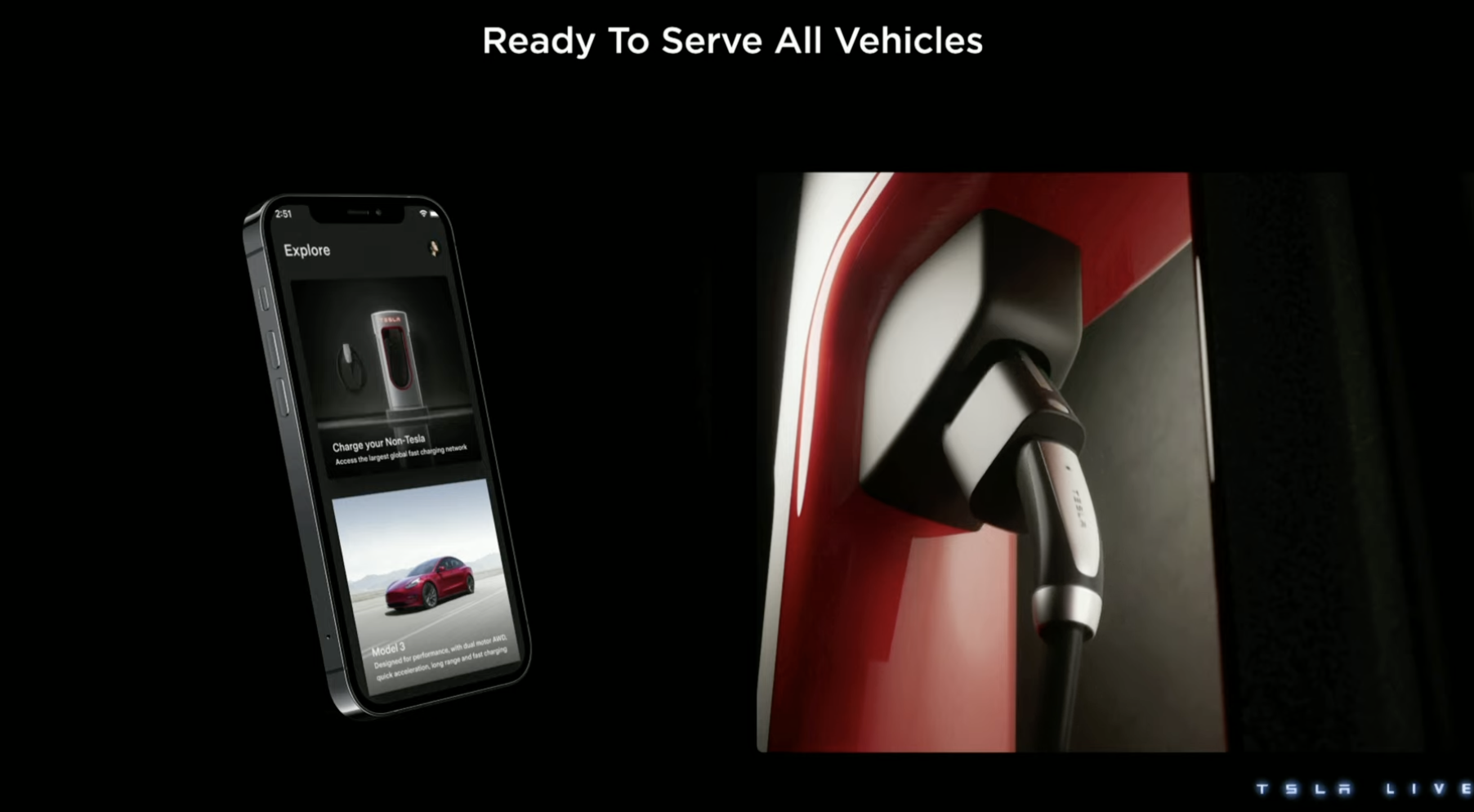
Snapshot
- Tesla to deploy AC charging network at u201ceverywhere vehicles are typically parked throughout the dayu201d
- Encourages charging off renewable energy sources
- V4 Superchargers debuting in Europe with longer cables
Tesla is aiming to roll out more slower AC public chargers to encourage more daytime charging when renewable energy sources are available.
The American company is best known for its convenient fast Supercharging DC network, but head of global charging infrastructure, Rebecca Tinucci, said installing more AC ‘Destination Charging’ wall-boxes at parking spots will better utilise wind and solar energy during the day.
“As we look forward and we talk about this fully-electrified fleet on a global basis, we really want to make sure that the demand for charging more closely follows when renewable sources are available,” Tinucci said at Tesla’s Investor Day presentation.
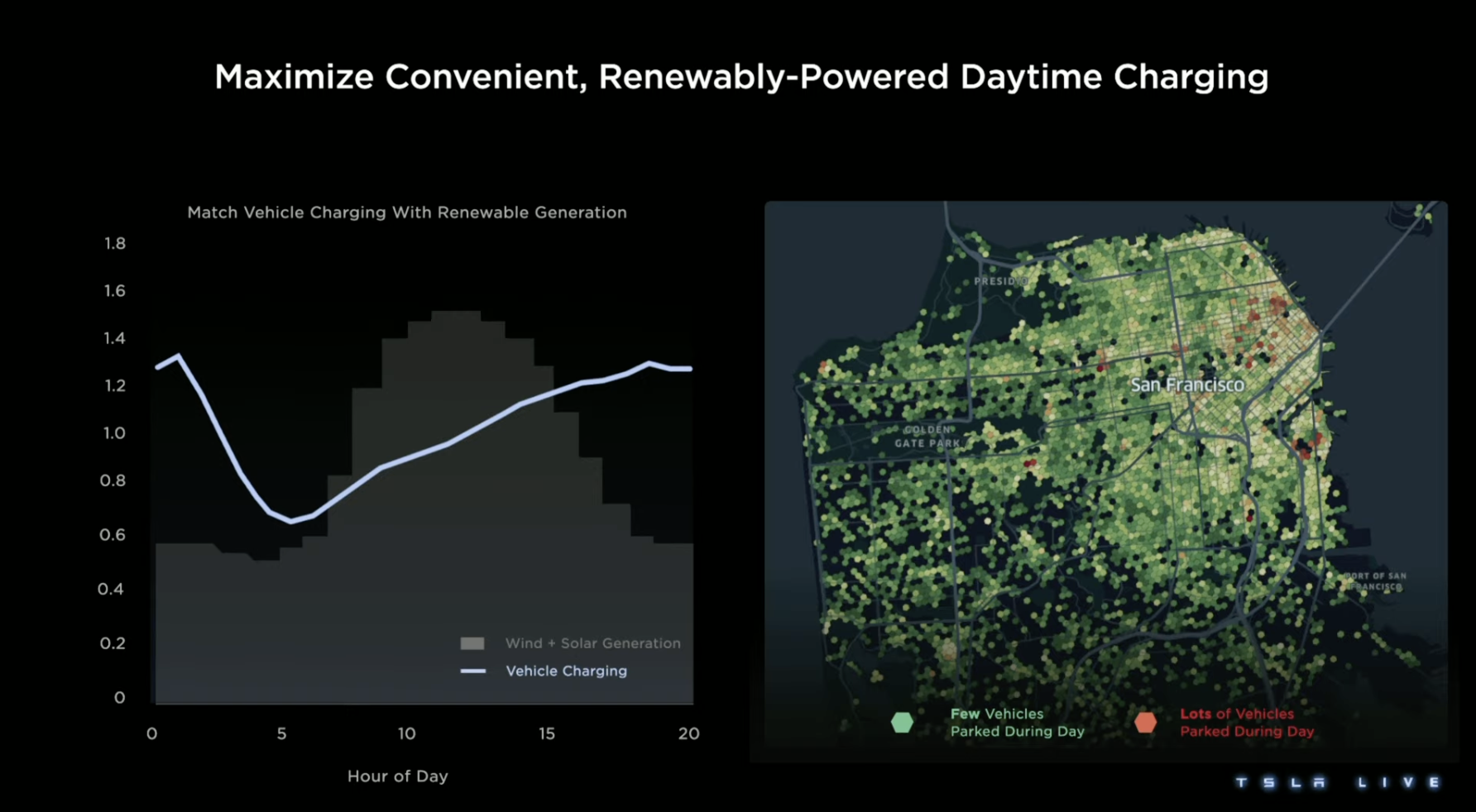
“And we think the best way to go towards daytime charging is to install AC charging that is convenient and low cost everywhere vehicles are typically parked throughout the day.
“So, that’s really the plan. While Supercharging and home charging definitely stays a big part of the puzzle, our teams are currently scaling to install AC charging everywhere vehicles charge during the day so we can power them from renewable sources.”
Tesla currently allows local businesses to install its 11kW AC Gen 3 Wall Connector, but the network hasn’t been deployed by the company itself yet.

Australia’s best electric cars for 2023
We’ve tested nearly every EV below six figures in Australia to rank the best on sale today
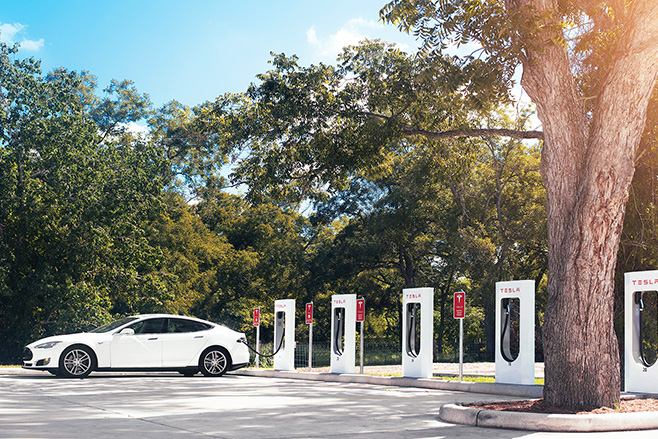
It is compatible with most electric car models using the standard Type 2 connector locally and can charge an EV such as the base Tesla Model 3 rear-wheel drive sedan from 10 to 80 per cent in around four hours.
Tinucci didn’t detail where the AC chargers will be deployed, but the presentation suggested it will start in its US home country.
Additionally, the senior executive briefly mentioned the launch of its new fourth-generation Tesla Superchargers currently being installed in Europe first.
The V4 Superchargers will feature a longer cable, allowing non-Tesla EVs with varying charging port locations to better reach the stations as the network opens up globally in Australia, Europe, the UK, and US.
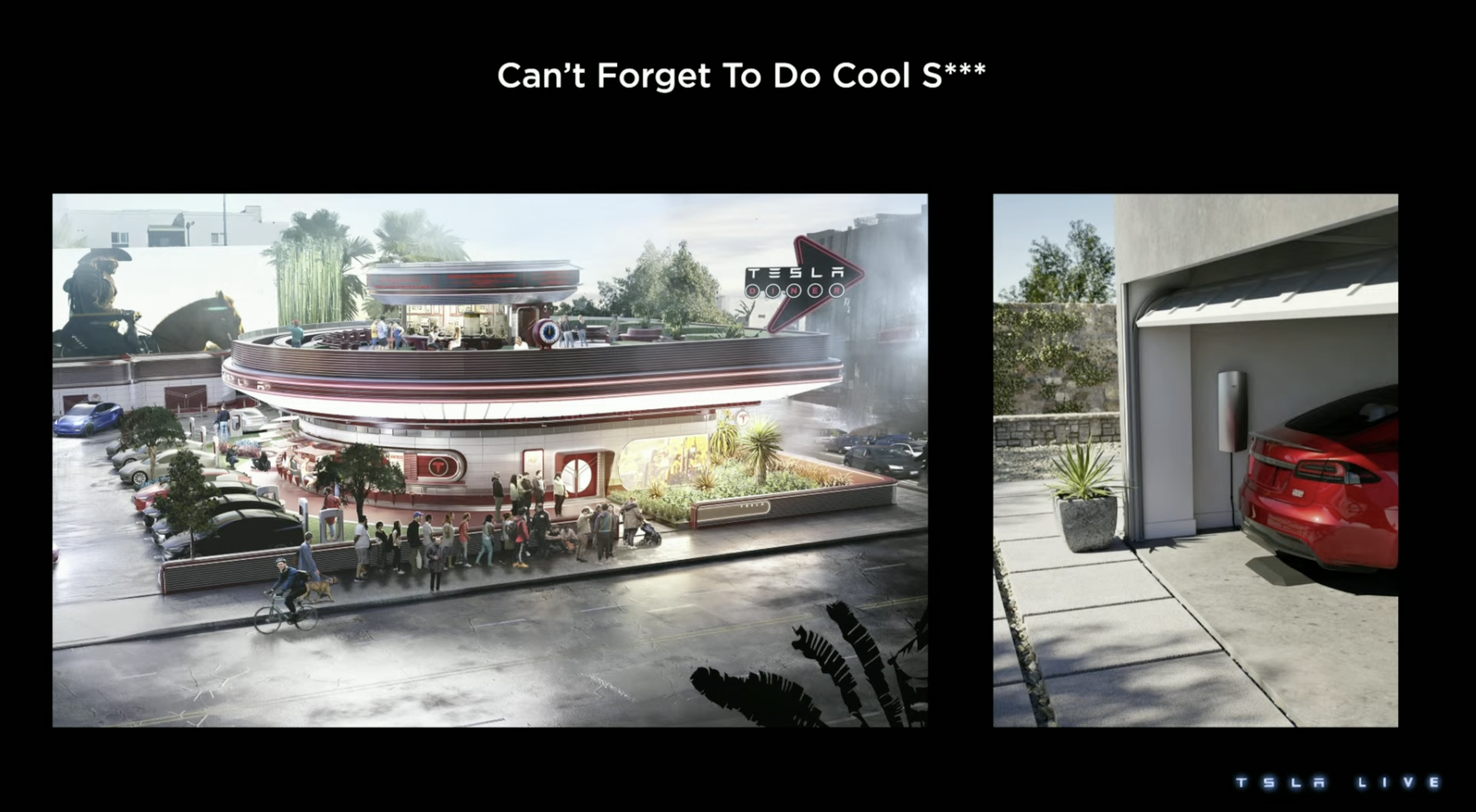
What wasn’t confirmed was its design and maximum DC output rate, but Electrek reported last year that it will be capable of delivering 300kW to 350kW ultra rapid speeds – although current Tesla EVs can only take up to 250kW DC.
Tesla also did a ‘one more thing’ move by revealing concept renderings of a Tesla Supercharging restaurant and bar hub, and a larger home Tesla Wall Connector AC charging equipment.
The latter could hint at vehicle-to-grid (V2G) bidirectional charging capabilities, with Tesla EVs set to gain the functionality by 2025 – despite CEO Elon Musk arguing it’s “extremely inconvenient” for owners, unless there’s also a home battery storage system in place.
We recommend
-
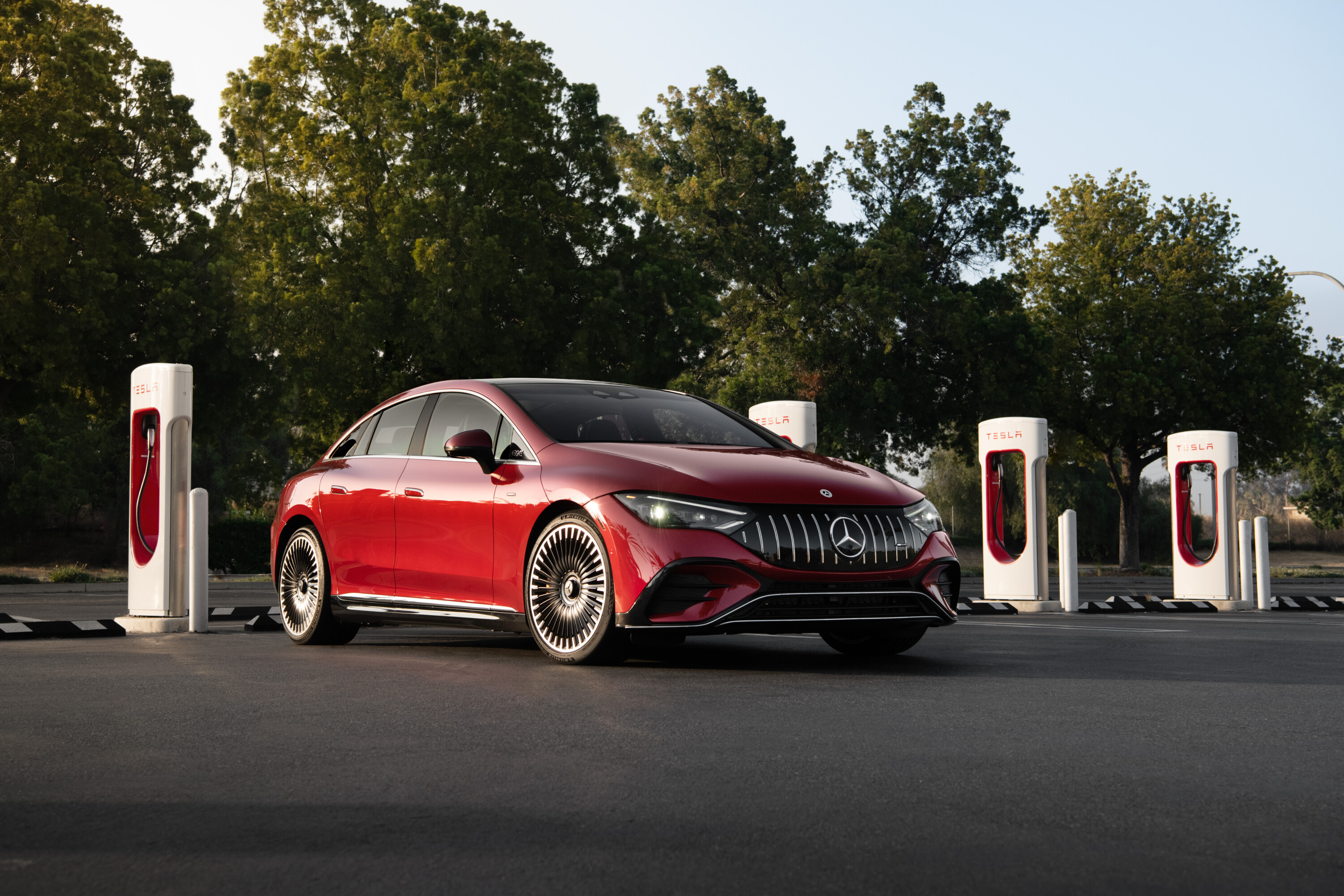 News
NewsTesla significantly expands Superchargers to all EVs in Australia, but...
All EVs can now access more Tesla Superchargers in Australia – if you’re willing to pay
-
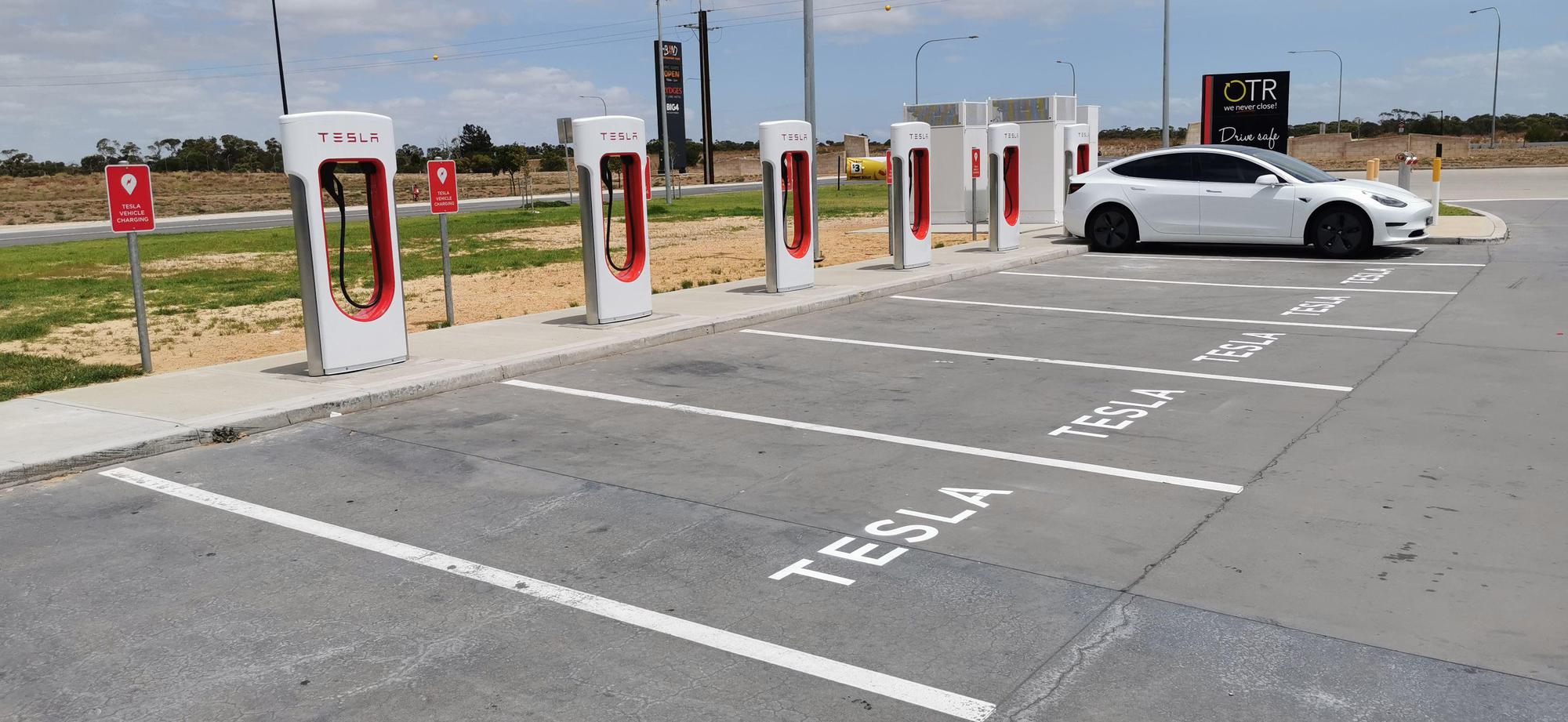 News
NewsTesla Superchargers open at The Bend Motorsport Park
Australia's newest motorsport facility features Tesla's high-tech chargers
-
 News
NewsTesla may soon unlock its Superchargers for other brands
Currently just the firm's own vehicles can top up with the V3 Superchargers


